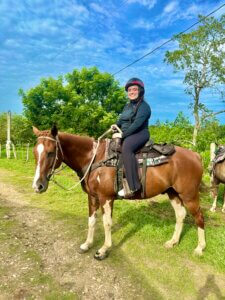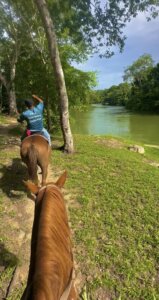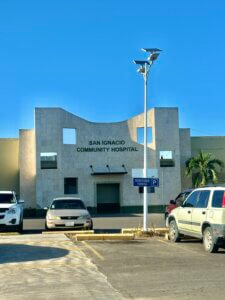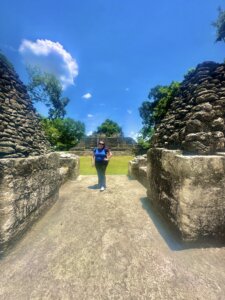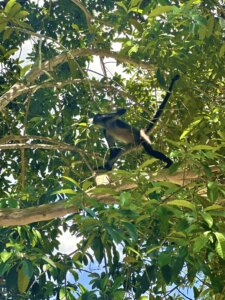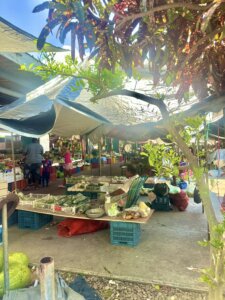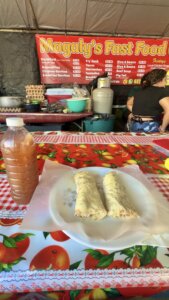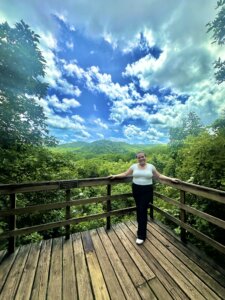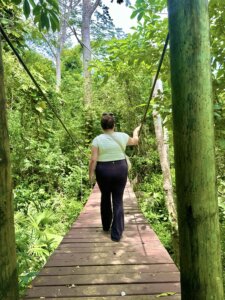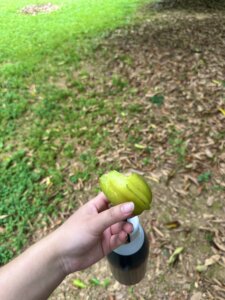The month of September marked a season of celebration in Belize! St. George’s Caye Day happened on September 10th which commemorates victory over Spaniard forces in 1798. During the ceremony I attended, they made sure to mention the joint effort between all those involved during this victory including British settlers and slaves. Shining light on the unity of Belize’s multicultural population. After the mayor’s speech in San Ignacio, a parade followed.
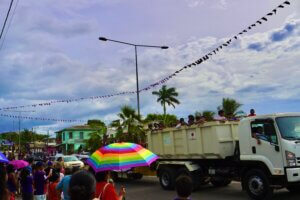

Social Work
During the past couple of weeks I worked with social work. Social workers in Belize are separated by district. Since I live in San Ignacio, Belize- I am apart of the Cayo district. Mrs. Flowers is the social worker of my district and she was able to inform me about her work over the course of a week. Her work includes counseling domestic cases, teenage pregnancy, food insecurity, and her primary focus is HIV documentation and prevention. Whereas, HIV medication would likely be the concern of a physician in the USA, in Belize it is the responsibility of a social worker. Social workers here do routine check ins through phone calls, give refills, home visits, and even deliver medications in the city and go as far as the outer villages of Cayo in other for their patients to continue treatment.
We also had a conversation regarding food insecurity and how as a social worker, she petitions families in need to obtain aid from the Belizean government for groceries. However, she noted that even though she is a social worker, her paperwork is not always seen in a timely manner and there are often delays and setbacks in receiving funding. She expressed to me that if there was one thing she could do out of her career someday was to begin a foundation that targets food insecurity here in Belize. Despite her passion for this, she explained to me that beginning a program like that would not be self sustaining in the long run.
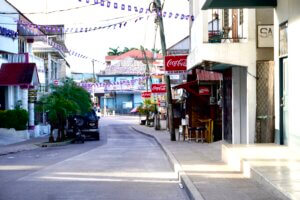
I joined the social worker and one of the managers on a mobile clinic day and was able to visit the homes of people who needed medications taken to their homes. Most of the time, people who need medications delivered are in need of transportation. Due to the economy in Belize it is often times difficult to travel distance due to the cost of transportation which limits locals access to resources. An important thing to note is that public healthcare exists and even medication to treat patients at these public facilities are free of charge, however, the financial hardships locals face make it hard to attain these resources.
Another challenge faced is trying to communicate with patients who are HIV positive and refuse treatment. Even though medicating HIV ahead of becoming AIDS can be life changing, many deny treatment. This is due to prevalent stigmas in regard to an HIV positive test and the risk of others finding out. I found this interesting as medication has the potential to exponentially lengthen someone’s life and stopping the progression of the disease.
Independence Day
September 21st marked independence day here in Belize. Interestingly enough, Belize was still part of British rule up until 1981. It is even more fascinating that when I first arrived to Belize at the beginning of August, the currency still had Queen Elizabeth II pictured and soon after my arrival the government began issuing new currency with new public figures. Although Belize is no longer a British colony, it seems that the country continues to acknowledge longstanding British rule and many locals live to tell their experience of political and economical change due to the independence gained in 1981.
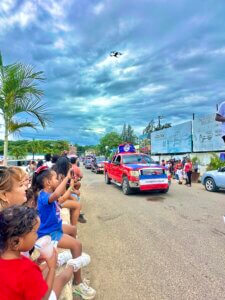
During this celebration many locals hosted parties at their homes, attended the parade, and viewed fireworks as a community. I was able to watch the parade and even spotted some of my patients along the way! The sweet thing about living in such a close knit community is that even when I am not at the hospital, I see patients around town or even at church. During the parade a little boy ran up to me as he pointed me out to his mom saying “it’s the doctor!”

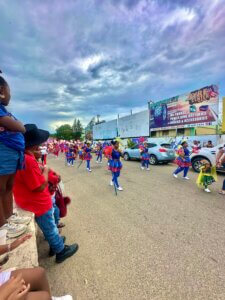
Although I never would’ve imagined it, I am slowly starting to become a familiar face in the community. To many in the San Ignacio community, I am now considered family.

